Unlock the Future: Visual & Voice Search Trends
The way we use technology is changing fast. Smart devices and image recognition are making searching easier and more visual.
Imagine finding anything by just looking at it or talking to your device. This isn’t a dream; it’s real, thanks to search engine optimization advancements.
The mix of visual and voice technologies is changing the digital world. It’s key for businesses and people to get and use these trends.
Key Takeaways
- The future of search is becoming increasingly visual and voice-activated.
- Image recognition technology is a key driver of this change.
- Adapting to these trends is crucial for staying ahead in the digital age.
- Understanding visual and voice search can enhance your online presence.
- Staying informed about the latest search engine optimization techniques is vital.
The Digital Search Revolution
The future of search is changing fast. Two big trends are leading the way: visual search and voice-activated search. These technologies make using digital devices easier and more fun.
Voice-activated search is getting more popular. Virtual assistants like Siri, Google Assistant, and Alexa are at the forefront. They use natural language processing (NLP) to understand and answer voice commands. This lets users search without using their hands.
- Advancements in AI and machine learning
- More people using mobile devices
- A desire for easier-to-use interfaces
As these technologies get better, we’ll see even more cool uses. For example, natural language processing is making voice search results more accurate. This makes it easier for users to find what they need.
The digital search revolution is changing how we use technology. It’s exciting to think about what’s coming next.
Understanding Visual & Voice Search
AI search technology is changing how we find information online. It’s making search engine optimization (SEO) strategies evolve. Businesses need to keep up with these changes to stay ahead.
Visual search lets users find info with images. Voice search uses voice commands. Both use complex algorithms and machine learning for accurate results.
To do well in visual search, focus on image recognition and computer vision. Use good alt text, optimize images, and add schema markup. For voice search, use conversational keywords, long-tail phrases, and create FAQs.
As AI search tech gets better, we’ll see new uses for visual and voice search. By understanding and adapting to these changes, businesses can boost their online presence.
FAQ
What is Visual Search and how does it work?
Visual Search lets users search with images. It uses computer vision to find objects and scenes in pictures. This way, it gives users the right search results.
How does Voice Search differ from traditional text-based search?
Voice Search uses voice commands for searching. It uses natural language processing to understand what you say. This gives more conversational and context-based results.
What are some popular applications of Visual Search?
Google Lens, Pinterest Lens, and Amazon Visual Search are popular. They let users search for products and identify objects with images.
How can businesses optimize their content for Voice Search?
Businesses can use conversational keywords and long-tail phrases. They should also use structured data markup and create FAQs in natural language.
What are the benefits of using Visual and Voice Search for consumers?
These searches are more intuitive and accessible. They allow for hands-free searches and help people with disabilities. They also make searching easier.
How is AI and Machine Learning being used in Visual and Voice Search?
AI and Machine Learning improve image and speech recognition. They make search results more accurate and context-dependent. This leads to better multimodal search experiences.
What are some emerging trends and technologies related to Visual and Voice Search?
Trends include using Augmented Reality with Visual Search. There’s also a focus on multimodal search experiences. Data privacy is becoming more important in these technologies.







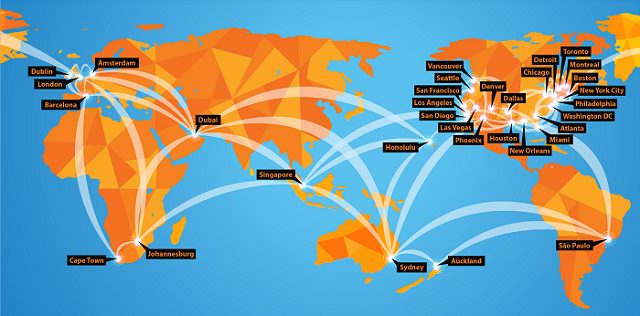


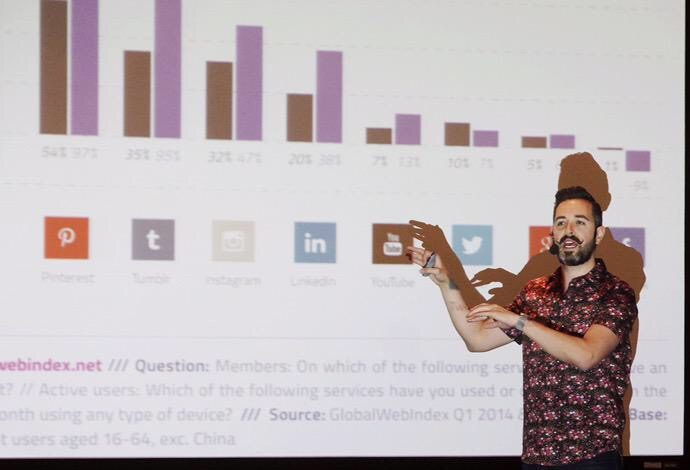




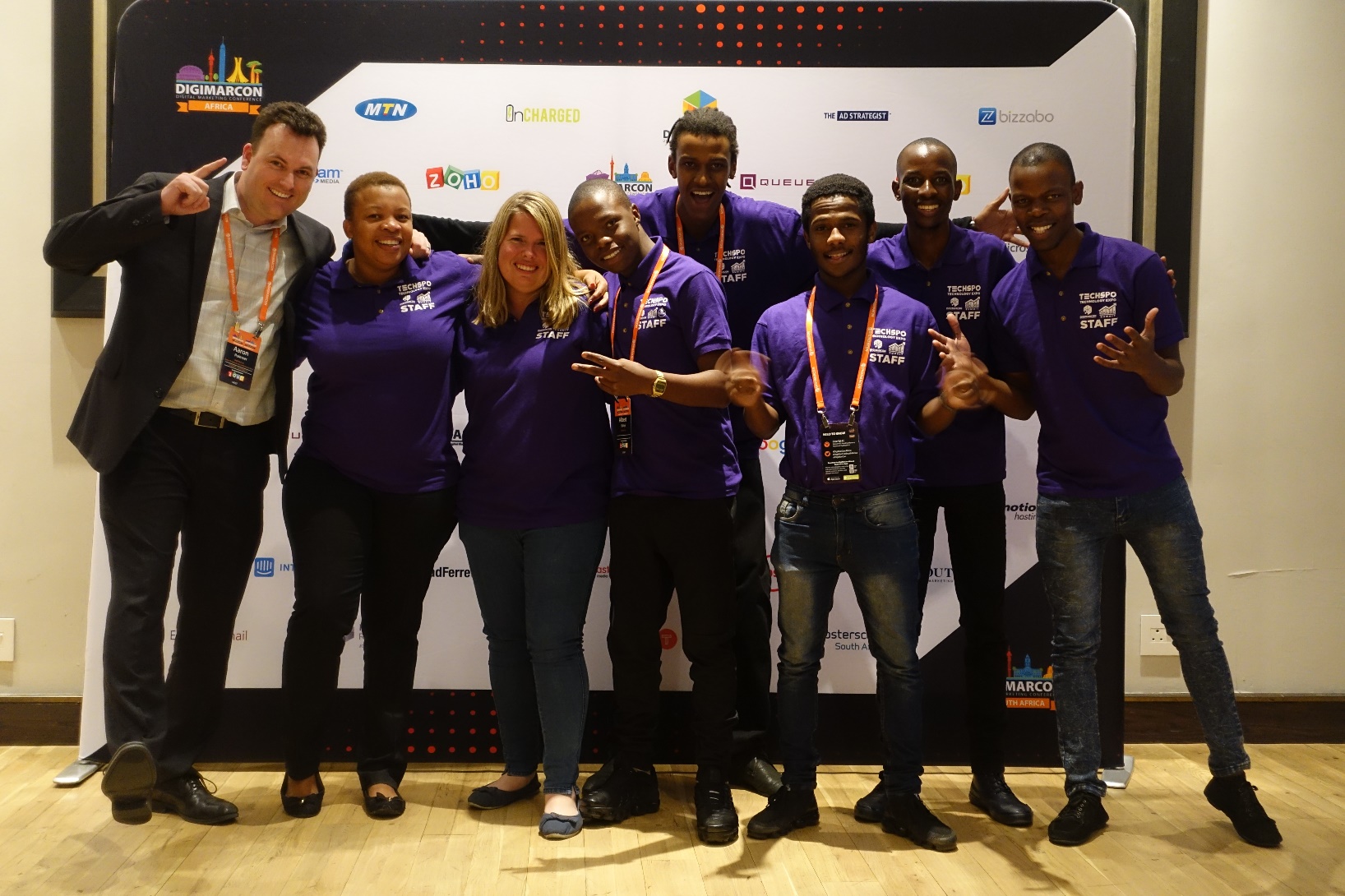
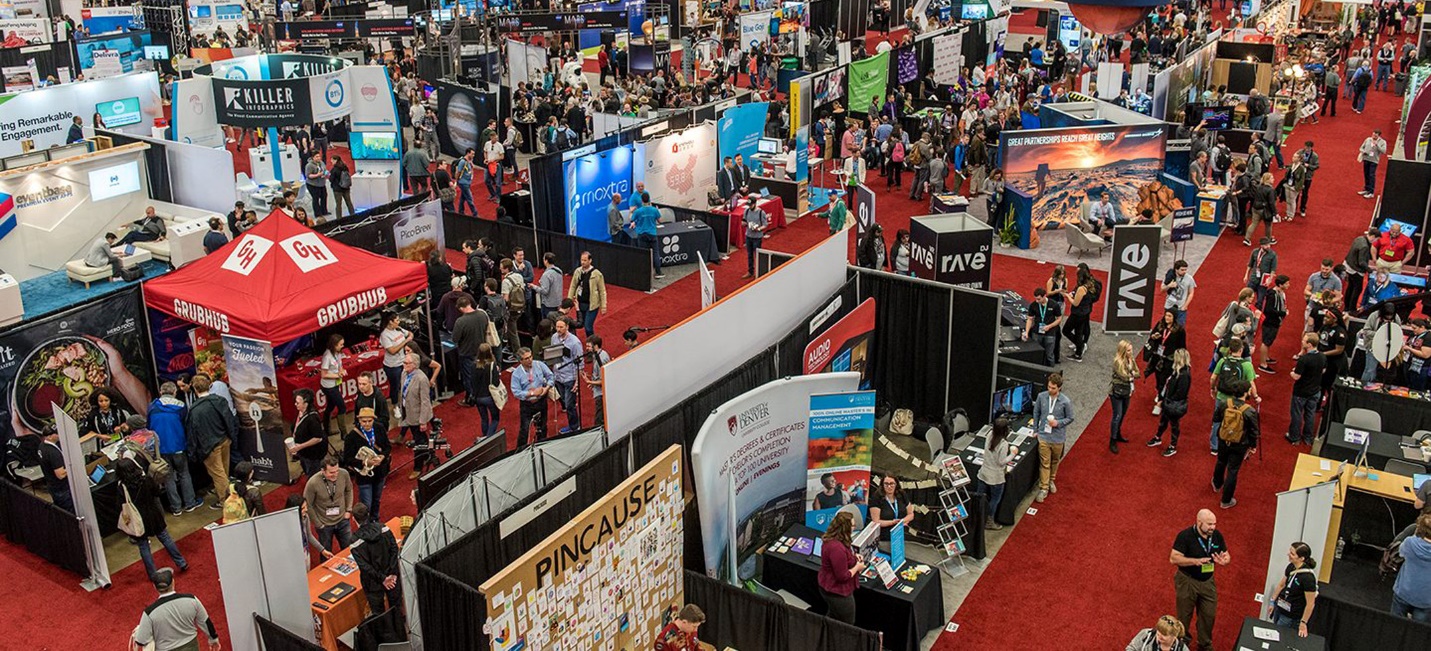
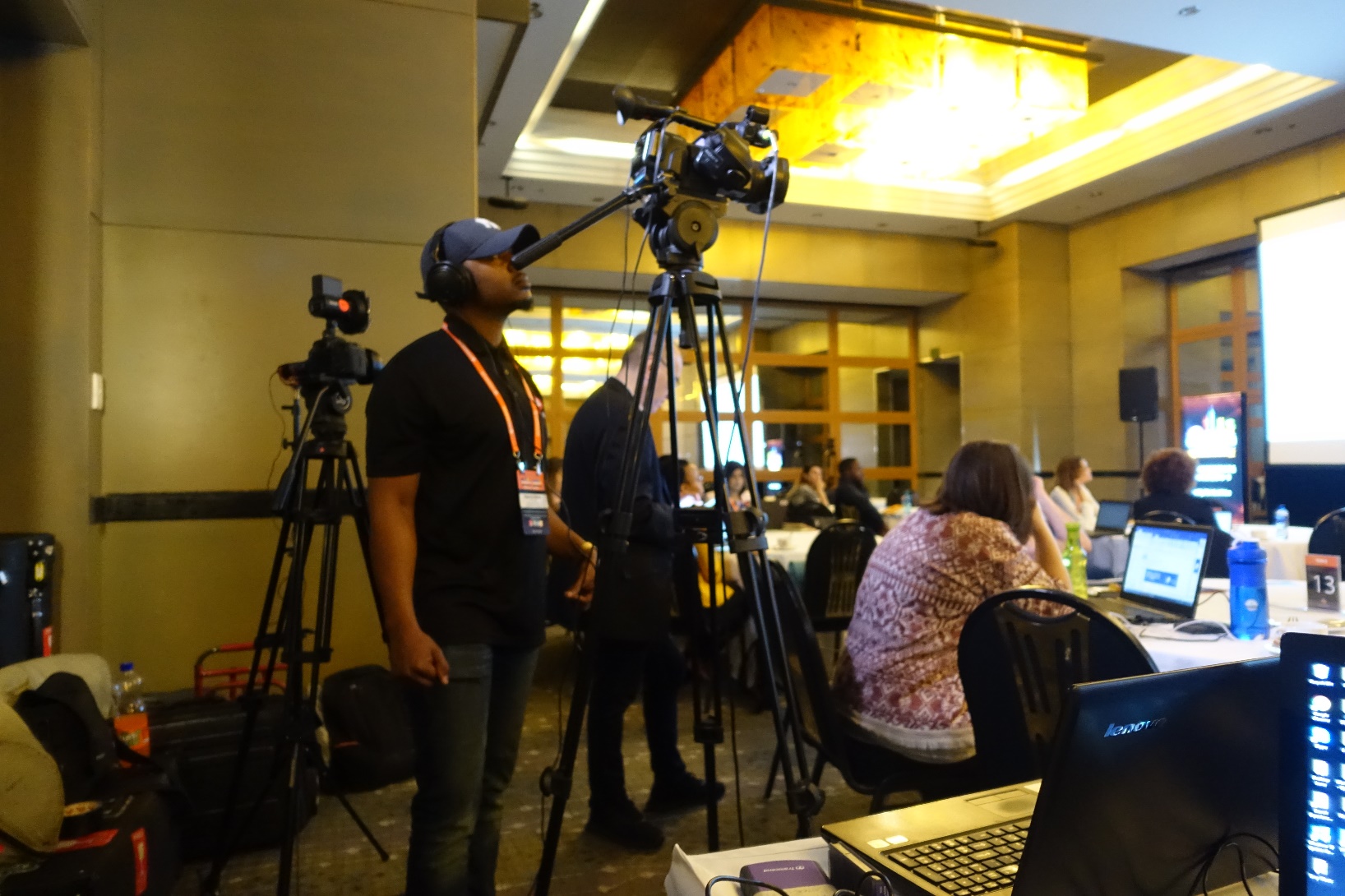
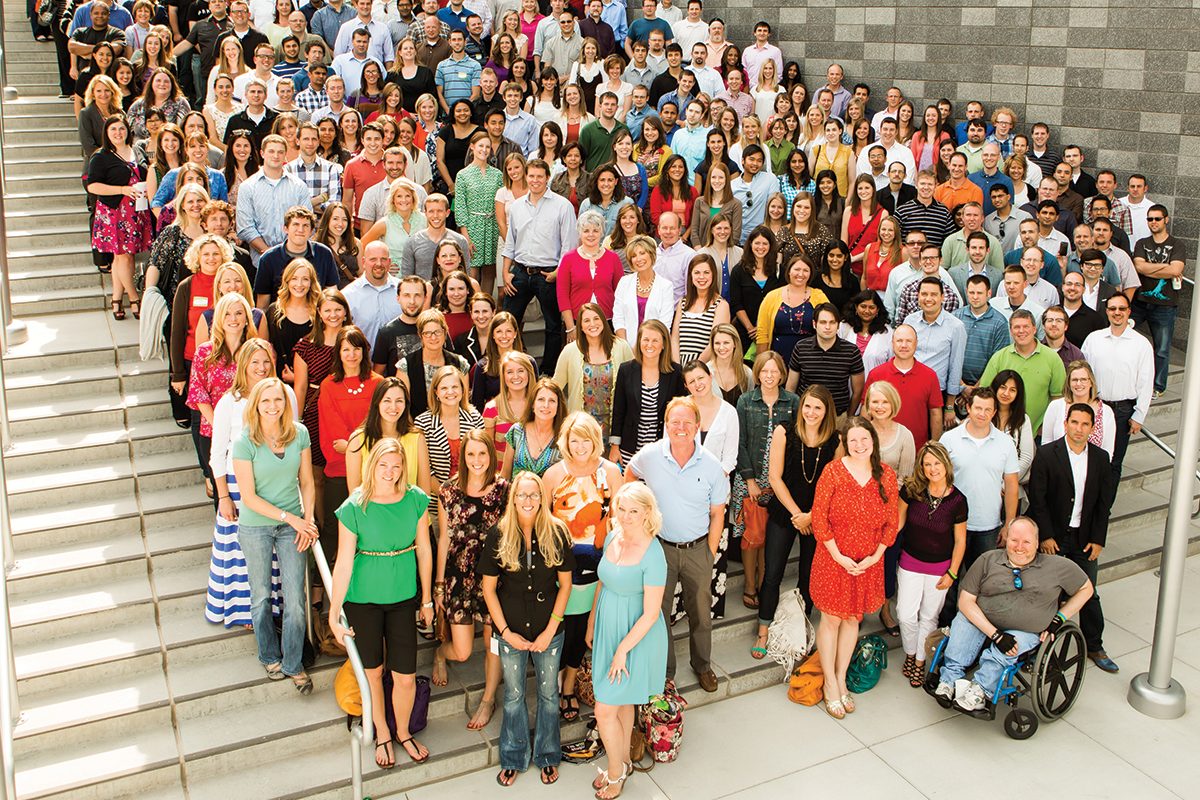

















No comments